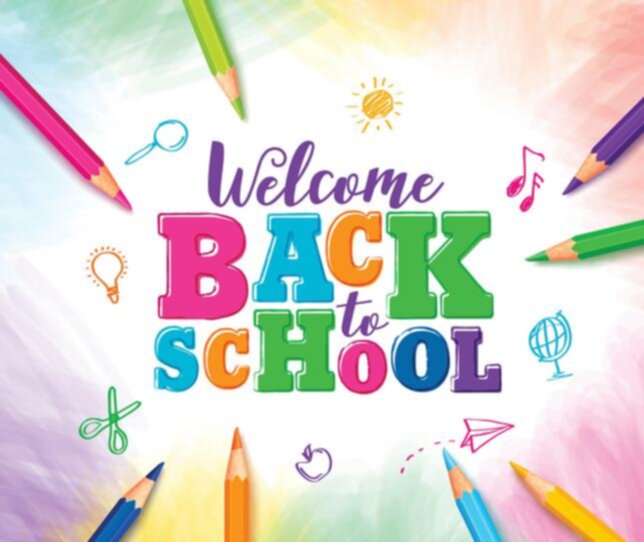
With the new school year starting, it’s worthwhile to review the report by The National Academies of Sciences, Engineering and Medicine (NASEM) issued in 2017 entitled “Promoting the Educational Success of Children and Youth Learning English: Promising Futures.”
The key takeaways from the report include the following:
- Parent involvement and engagement is related to higher student outcomes.
- English-proficient parents are more likely to attend parent-teacher conferences and school events than the parents of English-Learners (EL).
- It’s a common misconception that EL parents are disinterested in their children’s education when, in fact, they are just as likely as non-EL parents to want their children to succeed in school.
- A major barrier is linguistic on both sides as EL parents try to adapt to the new school environment.
- Socioeconomic (SES) factors can impact a family’s ability to be fully engaged as EL parents often hold multiple jobs which can lead to time conflicts.
- Cultural differences can dissuade parent involvement as EL parents often view the school as an unwelcome environment and defer to principals and teachers.
Given these cultural, linguistic, and economic barriers, what can schools do to engage EL parents?
One answer is to work with experienced EL parent involvement providers such as The Latino Family Literacy Project, which understands these barriers and has developed programs and curricula with a bilingual focus to bridge these differences. Their programs help create a welcoming school environment, build trust among EL parents, and foster cultural sensitivity.
For more information, contact The Latino Family Literacy Project.
